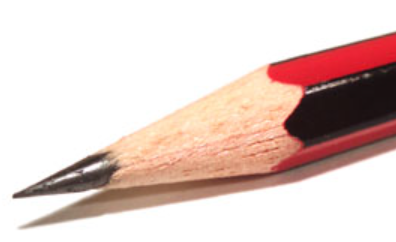 |
| A "set square" is actually a "triangle" |
P5/P6 Math: Angles in Triangles and Square Overlapping
P3/P4 Math: Before and After Model (Reverse Model Drawing)
 |
| Uno Reverse Cards |
P5/P6 Math: Overlapping Shapes with Ratios
The following question presents 2 shapes that are overlapping each other.
Such overlapping shapes questions often appear in P5 SA2 and P6 Paper 2.
Calculator usage is allowed.

The comparison of each whole shape's area with another is respresented using a ratio.
The ratio of the are that is not overlapping each other is also provided.
 |
| Diagram may not be drawn to scale |
P6 Math: Fraction of one is more than Fraction of another
This question compares a fraction of one value with a fraction of another.
The difference between the 2 fractions of different totals and their total are values that are given.
Such questions are common in Paper 2 for P6 mid year exams.
Calculator usage is allowed.
How much more did Brad spend than Alfie?

If the above question is easy, try to do the more challenging question below.
P5/P6 Math: Comparing Fractions with a Whole Number
Being able to compare fractions requires quite a few skills.

- Comparing with "HALF"
- Comparing with "ONE WHOLE"- Comparing Numerators when "DENOMINATORS ARE THE SAME"- Comparing Denominators when "NUMERATORS ARE THE SAME"
If the above question is easy, try to do the more challenging question below.
P4/P5 Math: Before and After Age ( Multiples given at First and Total give at the End)
Such questions about age, requires students to understand that the age gap remains constant (ie constant difference) and that both ages need to add (or subtract) the same amount when talking about the number of years to the future (or the past).
A comparison using multiples will be given at first.
A total of the sum of the ages is also provided at the end (either a few years into the future or to the past).
Such "before and after" questions usually appear in Section C of P4 and Paper 1 of P5.
Calculator usage is not allowed (for P5).
Similar questions such as this(but not dealing with age) can also be found "here".

If the above question is easy, try to do the more challenging question below.
P5/P6 Math: Starting Total Known and Ending Ratio Given
Ratio question, such as the one below, starts off with a known total and ends with a given ratio.
Before and After questions, like these, will require students to work backwards.
Such questions usually appear in P5 and P6 Paper 2.
Calculator usage is allowed.
Similar questions of this type can also be found here.
How many terrapins were there left in the aquarium?

If the above question is easy, try to do the more challenging question below.
P5/P6 Math: Stacked Models (Different Quantities of Equal Total Value)
Questions like these will require students to use stack models to compare 2 different items.
Different quantities of 2 items will present itself as having the same value.
The total of uneven multiples of both items will be given.
Such questions can appear in Paper 2 of P5 and P6 exams.
Calculator usage is allowed.

If the above question is easy, try to do the more challenging question below.
P5/P6 Math: The Gap between Fraction of Total and Fraction of Total Left
Fraction problem sums like these do not provide the value of the total (at the start) nor the left (at the end) but provides a value that fills up the gap between 2 fractions [ fraction of total and fraction of total that is left ].
Model drawing is the preferred method to solve such questions.
Such questions usually appear in P5 and P6 Paper 2.
Calculator usage is allowed.
How many lollipops did she give her classmates?

P5/P6 Math: Before and After Fractional Change with Starting Difference (Advanced)
The question below require students to be able to split up 2 different quantities with the starting difference given.
Each unknown quantity is needed to split up to its corresponding fractions.
The difference between the 2 quantities at the end is given.
A similar variation of this question can also be found "here".
Such questions will appear in P5 SA2 and P6 Paper 2.
Calculator usage is allowed.
How many pencils did both have altogether at first?

If the above question is easy, try to do the more challenging question below.
P5 Math: Before and After Fractional Change and Deduction
This is a slightly more complex version of the P4 Question "here".
This question requires students to draw "Before and After" comparison models.
Calculation using long division will be impractical due to the large divisor.
Thus question shows itself again in P5 with larger numbers.
Such question will appear in P5 Exams in Paper 2.
Calculator usage is allowed.
Ken and Ryu have sum of $1040 altogether.
How much money did Ryu have at first?

P5/P6 Math: Buy 2 different items of Equal Quantity or Equal Value
The following question type shows 2 items that must be bought in different quantities and each of them are not sold separately.
The items are either bought of the same quantity or are bought to equal value in dollars.
The difference will be given depending of sets of same quantity(value difference given) or sets of same value(quantity difference given).
Such questions require students to be proficient with "Set Method" and "Common Multiples".
These usually will appear in Paper 2.
Calculator usage is allowed.

Apples and mangoes are sold according to the offer stickers below and not sold individually.


